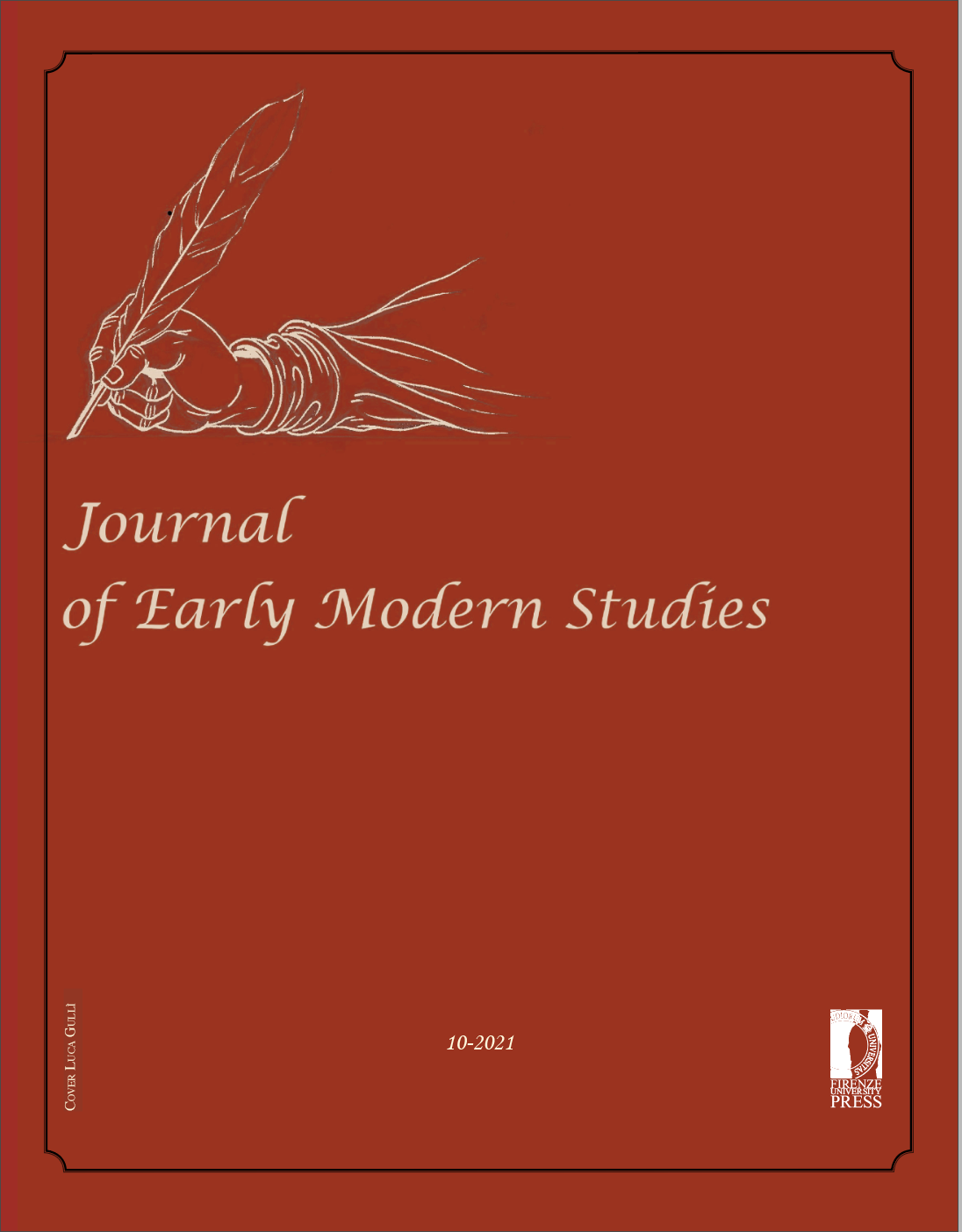Published 2021-03-15
Keywords
- Criminography,
- Demonic Possession,
- Evidence,
- Shakespeare,
- Witchcraft
How to Cite
Abstract
Between the late sixteenth and early seventeenth century, the crime of witchcraft was viewed with grave concern. A series of acts were passed with the aim of reinforcing the law; however, this did not mitigate the social alarm, but if anything, increased the number of denunciations, trials and convictions. Finding proof was complex, and this led to many doubts as to the genuineness of the phenomena and the reliability of justice. Many books, pamphlets and narratives regarding these issues were published, satisfying popular curiosity and triggering dramatic creativity. Considering these findings, this article investigates the impact of early criminography on the representation of witchcraft, demonic possession due to bewitching and exorcism in Shakespeare’s plays. The focus is on the scenes of the dark room in Twelfth Night and the mock trial in King Lear, two examples of the theatricalization of the search for proof closely interwoven with religious, medical and political discourses that circulated in early modern England.


